For many people, a garden is a place to go for peace, tranquility, and relaxation. The sensation of being outdoors, of being surrounded by and in touch with nature, and the calm that comes from the wind in the trees and the sounds of birdsong is a truly wonderful thing.
A Japanese garden is the perfect option for anyone looking for this sort of experience. Designed following Zen principles, Japanese gardens were originally spaces where the country’s elite could get away from times of political turmoil and war, and are now a fundamental part of the culture of Japanese society.
Creating your own Japanese garden, your own little oasis of Zen, might seem like a daunting prospect, but it is actually perfectly achievable! And with this pocket of peace and quiet, you can get away from the hectic pace of life, even if just for a moment, and find the kind of relaxation that usually only comes from a day spent doing nothing on a paradise beach.
So if you find yourself inspired after your cruise to Japan and want to bring some Eastern beauty, calm, and tranquility to your outdoor spaces here is everything you need to know to create the perfect Japanese garden in your own backyard.
Make an entrance
A key part of a Japanese garden is separation and mystery, which is why having an entrance is so important. There should be a defined boundary between the Japanese garden and the rest of your space, and the entire garden should never be visible all at once from the outside. This helps build the sense of mystery, and keep the space calm and relaxing all at once.
Add a water feature
Water, or at least the sense of water, is an incredibly important aspect of all Japanese gardens. The form this takes is up to you, and there are a variety of ways you can achieve this. Wooden fountains, stone streams, or ponds or small lakes are all great ways of bringing water into your garden, and the sound of running water is a big part of the peaceful feeling of an authentic Japanese garden. Some spaces don’t actually include the water itself, but create an illusion of water with dry river beds or raked sand.
Build bridges
Due to the importance of water or the feeling of water, bridges are also an important part of Japanese garden design. Usually made from wood or stone, and often painted in bright red (the only truly vibrant color normally found in a Japanese garden), your bridges can cross streams, paths, or just over natural features in your garden.
Use rocks
While moss and evergreen plants are important in a Japanse garden, rocks are a vital part as well. A rock garden or formation that suggests mountainous landscapes, or stone paths that naturally take visitors from ‘room’ to ‘room’, are a great way to add a little natural texture to your Zen space.
Keep it simple
Finally, don’t be tempted to go too big or too bold. Japanese gardens are all about simplicity, and bigger is definitely not better. Small, simple spaces that concentrate on a few main features, perfectly placed and designed, are far truer to authentic Japanese garden culture than a bigger, more ‘impressive’ space filled with plants and garden constructions. It is important to do a little research into the theory and traditions behind Japanese garden design before starting, as this will help ground your project in authenticity, and produce the best results!

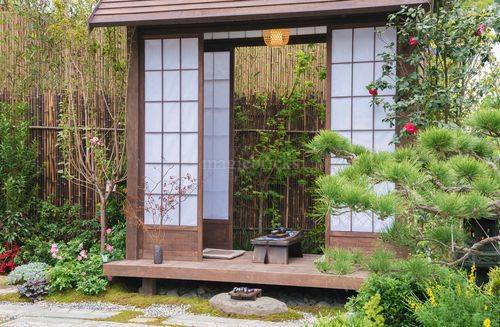
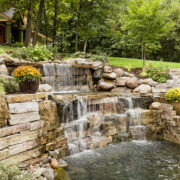

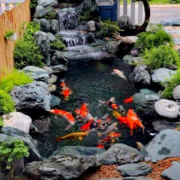
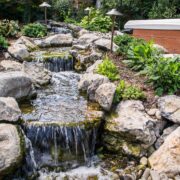


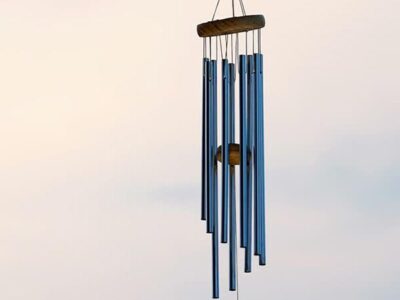

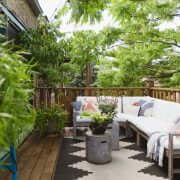

![How To Open an Inground Pool [Complete Guide]](https://www.organizewithsandy.com/wp-content/uploads/2021/06/How-To-Open-an-Inground-Pool-Complete-Guide-180x180.jpg)

Comments